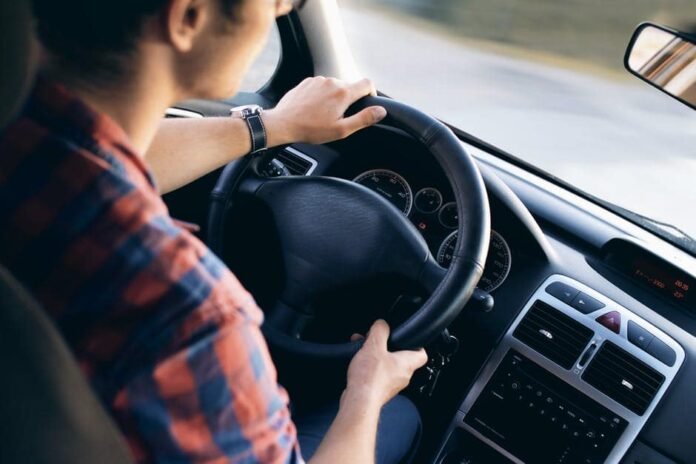Buying a car, whether it is your first time or your fifth time, is a big investment. You have to decide between a used car or a new model. Will it be a lease or will you buy it? Can you afford the whole price up front or will you have to pay back a loan. What insurance policy changes need to be made for the new vehicle. There are a lot of considerations when it comes to buying this car.
This level of investment can be stressful for many because it represents a huge financial expenditure, and you want to know that what you are buying is worth it. Is this model a quality car that has a good track record or is it known for recalls? How much mileage will you get out of it before big mechanical problems start to occur? All of these questions can make buying a car a little intimidating.
Fortunately, test drives are a thing. Before you purchase a car, you are given the option to test out how the vehicle operates and what it feels like. For that big of an investment, checking out the product itself is a crucial step to giving you peace of mind about your purchase. There are certain things that you should keep an eye on when taking a car for a test drive.
Turning
When taking the car out for a run, take note of what happens when you make a turn. Does the steering wheel offer an unusual amount of resistance? Do you hear any grinding noises or feel any vibrations during a sharp turn? Try to test out different speeds when making turns on your test drive to get a better overall picture of this function. It is never a bad idea to see how tightly the car can perform a k-turn while you have it. Also, release the wheel on a straightaway, (doing so only when it is safe), to see if the vehicle pulls to one side or the other, especially when applying brakes. While you are at it, make sure that the car has good quality tires so you won’t have to replace them soon. Check the turning capabilities of the car to make sure it is fully functional before your purchase.
Braking
Similarly, check the braking system of the vehicle. Try long, slow braking as well as short and fast. Again, listen for any grating or feel for vibrations when you push down on the pedal. This could be an indication of worn brake pads or other issues that should be addressed before purchase. Also, consider the tightness of the brakes. How far do you have to push the pedal for them to engage? Whether they are too tight or too loose could be a problem and they should be adjusted to the right levels.
Look under the floor mats
Especially if you are purchasing a used car, checking under the floor mats to see the condition of your vehicle’s structure is an important step. You want to see if any rust is occurring where you cannot initially see it, as this could indicate that there is also rust in hard to reach places that will cause maintenance issues sooner than expected. Floorboards are often neglected since they are hidden under the mats and seem unimportant to the overall functionality of the car, but it is a good idea to check this often ignored area.
Try to achieve a varied driving experience
On your test drive, take the car on various types of roads. If you can do so without going too far, find a nearby highway or country road that allows you to reach higher speeds. Take the car through a high traffic area as well with intersections and multiple lanes of vehicles. Doing this will give you more insight into how the car operates in different driving conditions.
Ask about safety features
This can be done before or during the test drive. Driving can be a dangerous activity. You are controlling thousands of pounds of metal and other materials down the road at high speeds, while other drivers are doing the same. You should learn as much as you can about how this car can protect you on the road and in the event of a crash. The safer the car is, the less likely you will be to suffer major injuries that could cost you physically and financially, which would be the right time to contact a personal injury lawyer. How strong is the structure of the car? What is its crash rating? Where are airbags going to deploy from? Knowing the answers to these questions can tell you whether or not this vehicle is a safe choice.
Never be afraid to ask questions
There is no amount of questions that is too high when you are purchasing a vehicle. It is a huge investment where you need to feel some assurance, and the best way is to ask questions. Whether that means literally asking the salesperson a question about the car or “asking” questions of the vehicle itself by testing how it performs, it is important to make good use of the time you have while test driving the car. Keep an eye out for these potential issues and you will be well on your way to a successful purchase.

